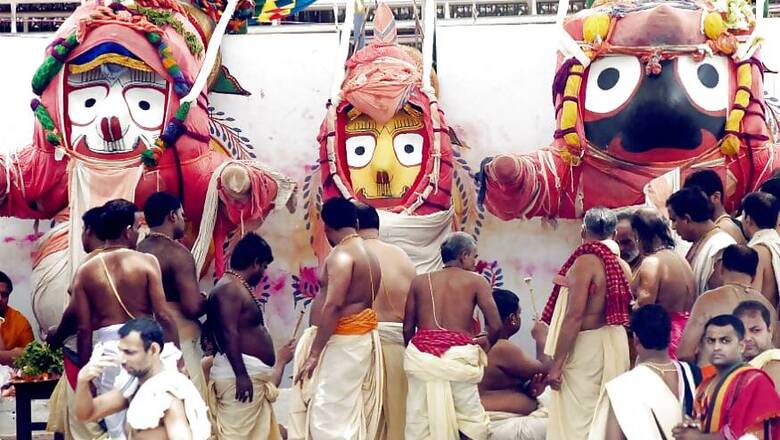
views
Jnanpith Award-winning author Pratibha Ray recoils with horror as she recounts the event that changed the course of her life. On a cold December evening in 1987, she was abused, assaulted and shoved out of the Shree Jagannath Temple in Puri by a group of servitors on mere suspicion that the lady accompanying her was a non-Hindu.
The fact was the woman from north India was very much Hindu; it was her milky white complexion that had confused the pandas. Ray vowed that she would never enter the temple again. For three decades now, hers has been among the most influential voices calling for reforms in the 12th century shrine.
The incident highlights the two worst features of the world famous temple that have now forced the Supreme Court to intervene: the conduct of the servitors and the treatment of non-Hindus — or even those ‘looking like’ non-Hindus. And on both counts, the servitors have made it abundantly clear that they would not mend their ways and would, in fact, defy even the Supreme Court if it dares “encroach” into their fiefdom.
True to form, the servitors — and their apologists — were up in arms barely hours after the Supreme Court suggested that the temple administration should ‘consider’ allowing non-Hindu in, of course after due scrutiny and subject to adherence to a code of conduct.
“This is blasphemy. The notice in front of the temple clearly says only ‘orthodox Hindus’ are allowed. We have already diluted it to allow all Hindus. And now the court wants non-Hindus to get in. This is against Indian and Jagannath culture and hence completely unacceptable,” thunders Pandit Suryanarayan Rath Sharma, an ‘expert’ on Jagannath culture.
Binayak Dasmohapatra, joint secretary of the Daitapati Nijog, one of the 36 associations of servitors, smells a “conspiracy” to defame the servitors, not realising that he is unwittingly accusing the highest court of the land of being in league with the “conspirators”.
It just goes to show that the servitors haven’t budged an inch from their position in the past three decades or, in fact, in the last several centuries. How far can one go back in time to look for people who were denied entry into the temple for being, looking or accompanying non-Hindus? The earliest known case of someone being denied entry into the temple because of his religion was that of Lord Bhakta Salabega, a Muslim saint-poet of the 17th century, who was a great devotee of Lord Jagannath and wrote several bhajans in his praise that are sung even now. (Pop singer Sona Mohapatra recently ran into a big controversy when she sought to cash in on the popularity of one such bhajan, Aahe Nila Shaila, and made mincemeat of it in the process.) Salabega knew he couldn’t enter the temple of the Lord he revered, but that didn’t lessen his devotion.
But in more recent rimes, it was Lord Curzon in 1900. Just imagine the Viceroy of India, at the height of the British Empire, being denied entry into the temple!
No wonder, far from being worried, the servitors are in a combative mood after the Supreme Court ruling on Thursday for acceptance of the 12 recommendations of the Puri district judge that propose sweeping reforms in the running of the temple. They have never brooked any interference from any authority, including the temple administration or the state government, and are in no mood to do so now.
The biggest ‘trophies’ for the nonchalant servitors, however, have been two Gandhis: the Mahatma himself and Indira; the first for accompanying a group that had a few Christians and Muslims back in 1934 and the second for having married a non-Hindu (Firoze Gandhi, a Parsee) in 1984.
Indira, who was Prime Minister at the time, chose the dignified course of not pressing on going in and having her darshan from the Raghunandan Library in front of the temple instead.
Dr BR Ambedkar, the father of our Constitution, was denied entry when he came to Puri in July 1945. That was, of course, well before the country had gained Independence and allowed Dalits entry into temples, including the Jagannath Temple. On March 18, President Ramnath Kovind did have the darshan of the Lord on his Ratna Sinhasan, though there was an unsavoury controversy over whether or not the President was obstructed and misbehaved with by the servitors three months after the incident.
(Notwithstanding the mischievous attempt by a few Delhi-based journalists and media outlets, there was no ‘caste’ angle to it.)
The servitors have their own definition of a ‘non-Hindu’. ISKCON may swear by Lord Jagannath and may have taken the Rath Yatra from Puri to the world, but when its founder Bhakti Vdanta Prabhupada went to Puri in 1977, he was denied entry into the temple by the priests because he was a ‘non-Hindu’.
The whole idea behind the Rath Yatra, experts as well as devotees say, is to bring Lord Jagannath and his siblings out of the temple for nine days and throw them open to darshan for all those who cannot enter the temple during the rest of the year.
But when Padmashree Ileana Citaristi, a famous Odissi dancer of Italian origin who swears by Lord Jagannath and has made Odisha her home, attempted to climb the steps of the chariot during the Rath Yatra in July 2013, she was manhandled by two priests.
The list of those who have been denied permission to enter the Jagannath Temple because of their religion — or the religion of the people they accompanied — in the past is long. And it looks set to grow longer in the days ahead as the servitors dig in for a long haul.
In any case, it is only a ‘suggestion’ by the apex court and it would be a brave government indeed that would muster the courage to take on the combined might of the all-powerful pandas to push through this suggestion. That is the last thing the Naveen Patnaik government has in mind in an election year.
(The author is a senior journalist. Views are personal)











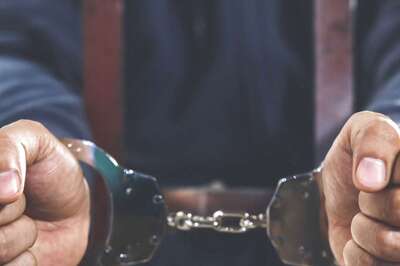
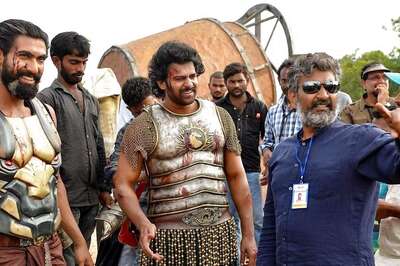
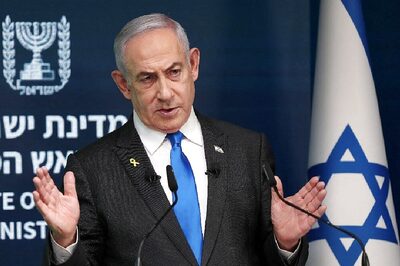
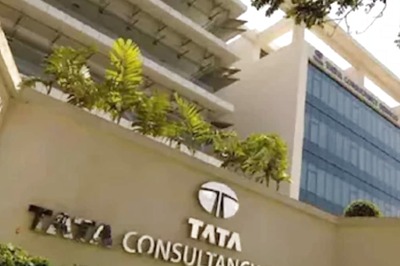


Comments
0 comment